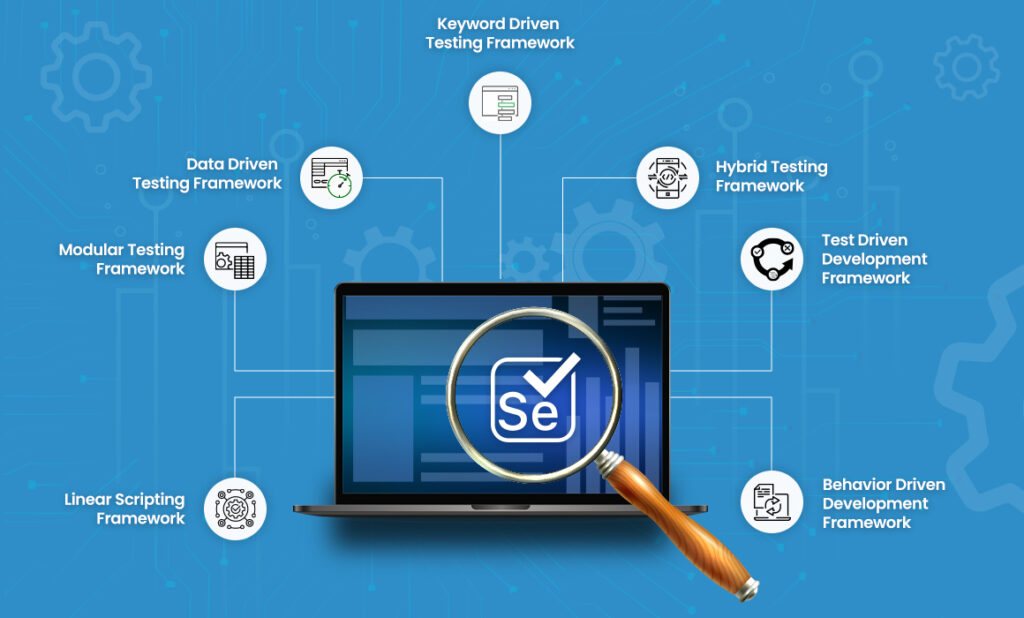Continuous performance testing enables your development teams to swiftly find both the load-handling and performance faults that are challenging to find as well as the critical functional bugs that must be addressed in order to create a top-notch product. Knowing these 11 recommended practices will be helpful if you’re prepared to undertake continuous performance testing. You can learn more by enrolling in the software QA training online.
- Prioritise Performance Testing on SLAs
Incorporating codes into an application for testing shouldn’t cause it to malfunction or fail to meet SLAs. This means that for each iteration, you should use your performance SLAs as acceptance testing. As a result, iteration modifications that only affect a tiny portion of the overall code would be allowed because the performance difficulties would only apply to that portion of the code. However, general SLAs that apply to the entire program, though, a longer list of restrictions should be provided. This list will be reviewed at each iteration to see if the project fulfils a minimal standard for “being completed” without violating any of the restrictions.
- Adopt a test-driven methodology Performance Testing
The development of product features and test scripts should happen simultaneously to give the overall project a head start. This would guarantee that if modifications were made to the software, the testers wouldn’t need to recreate or modify the test scripts.
- It is best for developers and testers to collaborate.
In order to understand how the software or application being written at the moment will ultimately be tested, testers should collaborate closely with developers. When working on a project, developers and testers should stay updated about the development. This close cooperation would provide an efficient and ongoing testing process.
- Create test cases based on stories or scenarios.
Modern development procedures, in contrast to the conventional development paradigm, frequently do not provide consumers with access to full specifications. Instead of designing tests based on a fixed set of cases in these situations, story- or scenario-based tests should be developed. Testers can cover a wide range of tests, some of which may not be entirely documented, using such tests.
- For dynamic situations, use dynamic tests
In the past, a single test script could be used to test a number of computing scenarios. However, given how quickly things change today, tests must also be dynamic. And for this reason, the infrastructure as code method, in which all virtual hardware, computer resources, and applications are represented as software, is growing in popularity. They can be programmed in accordance with the current needs that need to be satisfied. As a result, the IT department of the business generates the scripts, which in turn set up and configure the necessary virtual environments for the testing.
- The use of Performance Testing automation has increased
Automation is still typically only used during the initial stages of unit testing. But they must be used throughout the deployment process, especially in the later phases. The ideal method to achieve this is to write test scripts that can be packaged into separate software services or components, which can then be utilised as and when necessary in various contexts in a somewhat agnostic manner.
- The use of tools for measuring application performance has increased.
Tools for APM are used as important components of several testing processes today. For the purpose of maintaining shift-right performance monitoring, such instruments must be employed more frequently.
- To start recurrent tests, use a build server.
Performance tests should be included in the repeating tests for each build. This can be accomplished by starting the test through the build server and including the test output in the build tool. In this manner, the person who initiated the build would be able to view the outcomes and be aware of the modifications performed in that build. This entails resolving any performance concerns that may arise.
- Proper planning for tests for CI, post-sprint and nightly builds.
There may be considerable differences between tests for nightly builds, CI (continuous Integration) builds, and post-sprint builds. And there might be a distinction between one change made in a day and all the changes done in a sprint. Performance tests for such setups ought to start simple and make use of the internal loads that are already present. For instance, by utilising a typical load on the application that is generated by your internal load generators, you may execute a brief performance test covering the most common scenarios the fastest. In order to see how the changes made in the build affected the system, the tests for CI builds should be executed quickly. To make sure they are leveraged in the right way, the developer who initiated the CI should get these results as quickly as possible.
- Repurposing of testing assets.
This could contribute to more effective continuous performance testing. For instance, a lot of businesses now utilise AI to look through operational system logs to find the URLs associated with the most popular user pathways. The following phase takes advantage of automation to give these paths testing precedence based on this identification. At a later stage in the deployment process, many businesses are also repurposing their functional assets against test objectives. These businesses are reducing testing overheads and paving the road for better efficiency by utilising cutting-edge methods, knowledge, and expertise gained through automation.
- Opt for mocking Performance Testing
You can test individual components by utilising mocking during component testing. By doing so, you can make sure that the tests you run support continuous delivery.
Conclusion
Start performing performance testing immediately if you haven’t already. Remember that running even the most basic performance tests constantly can have a significant positive impact on your life. Check out the QA training online to learn more.





























